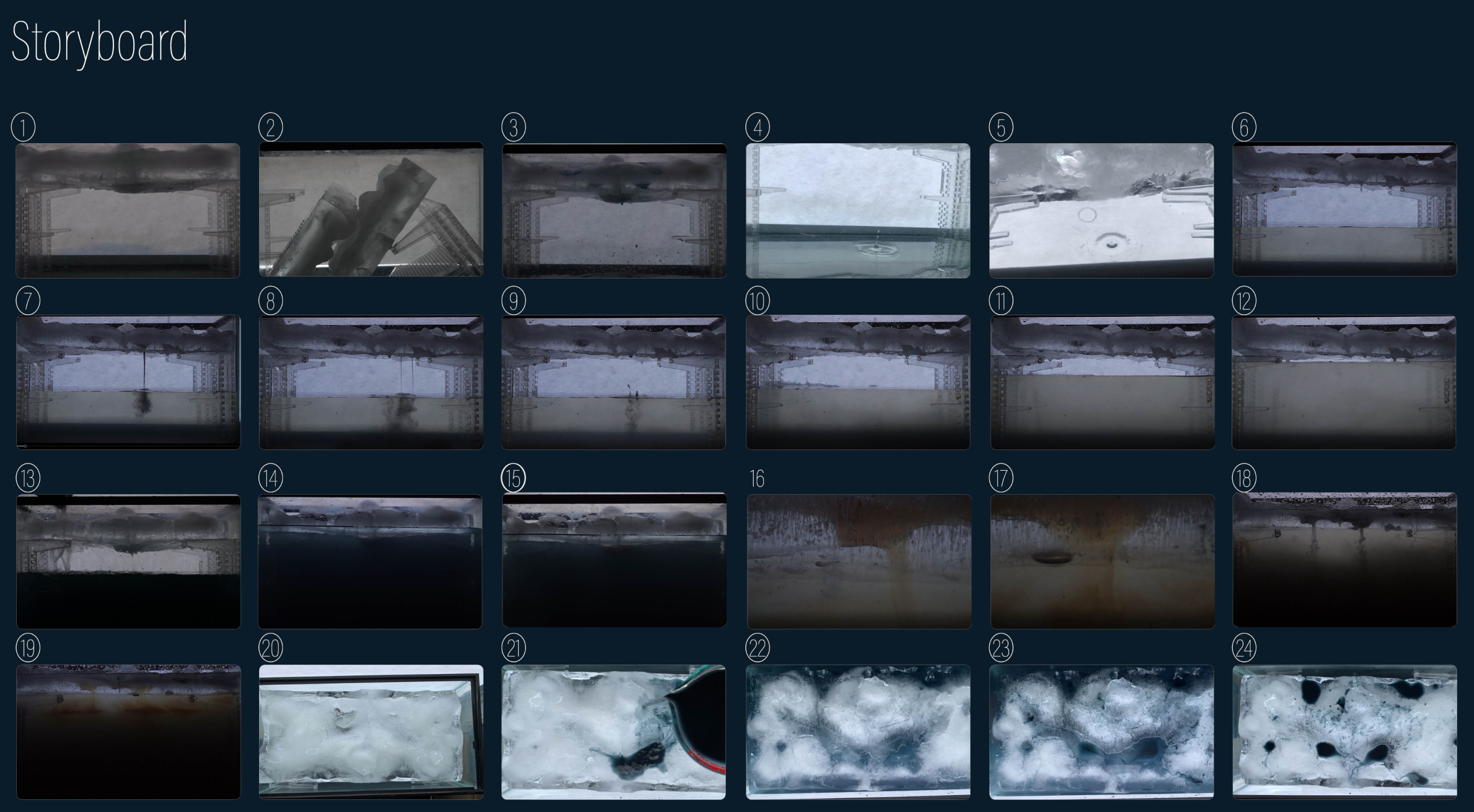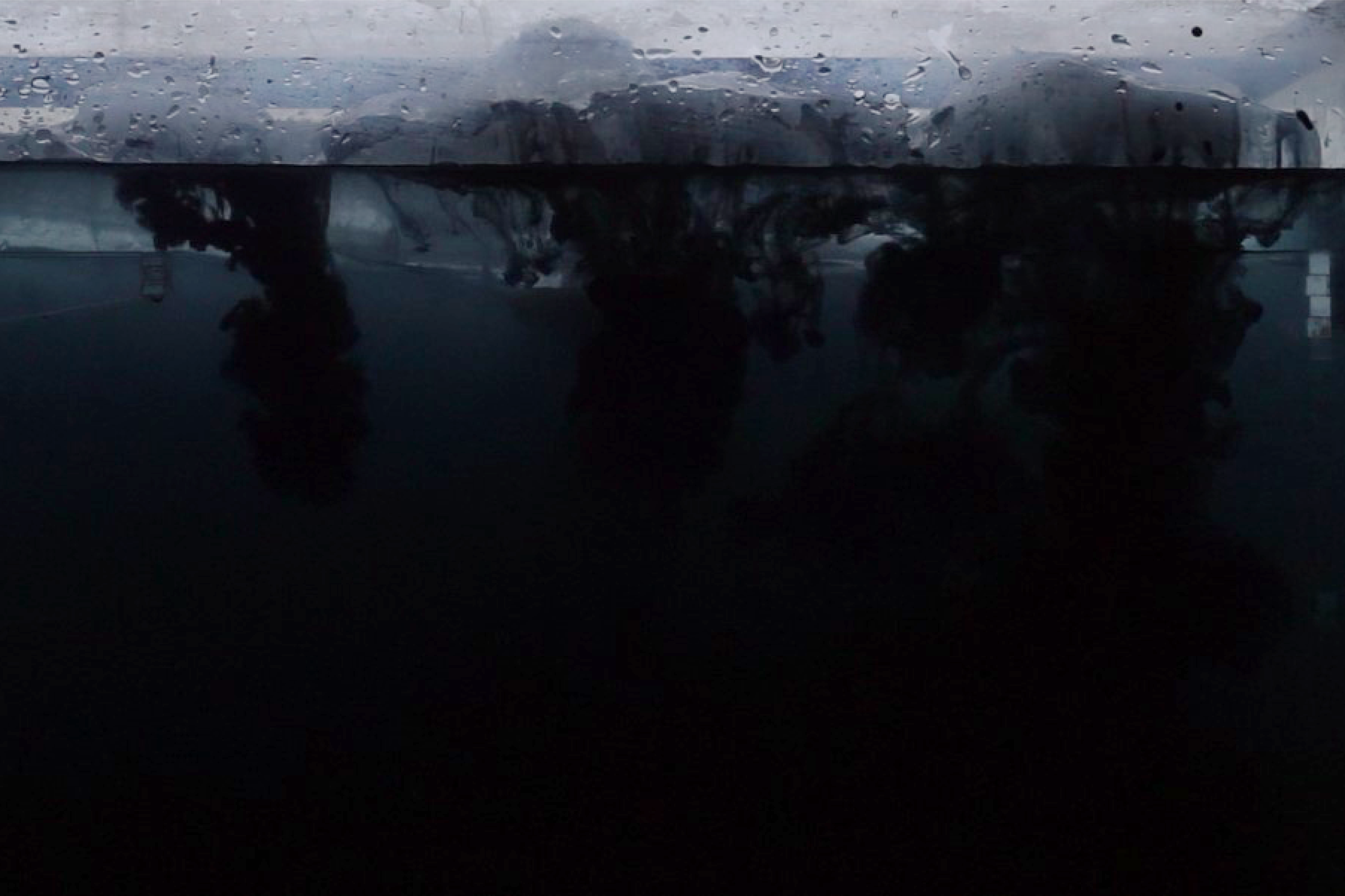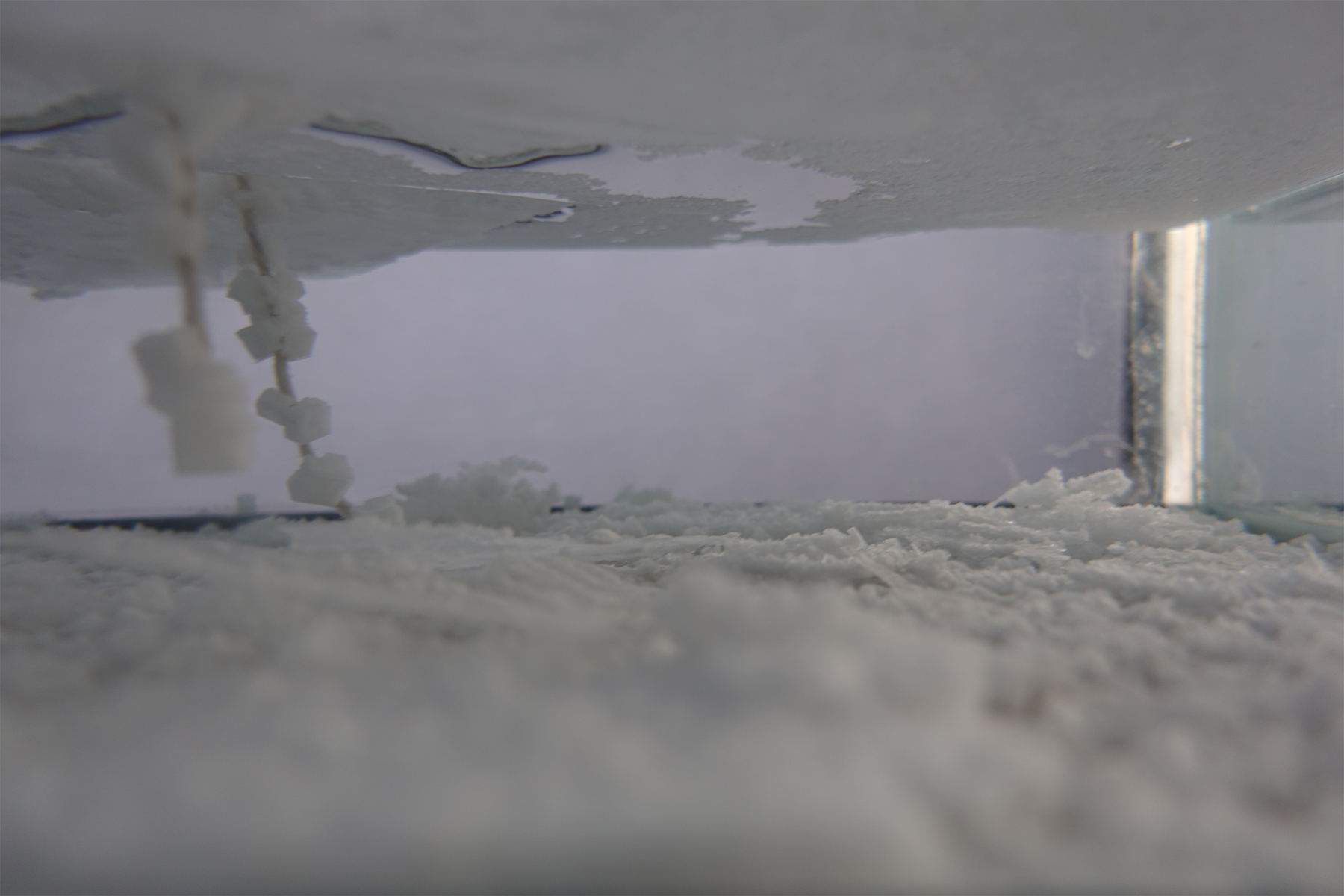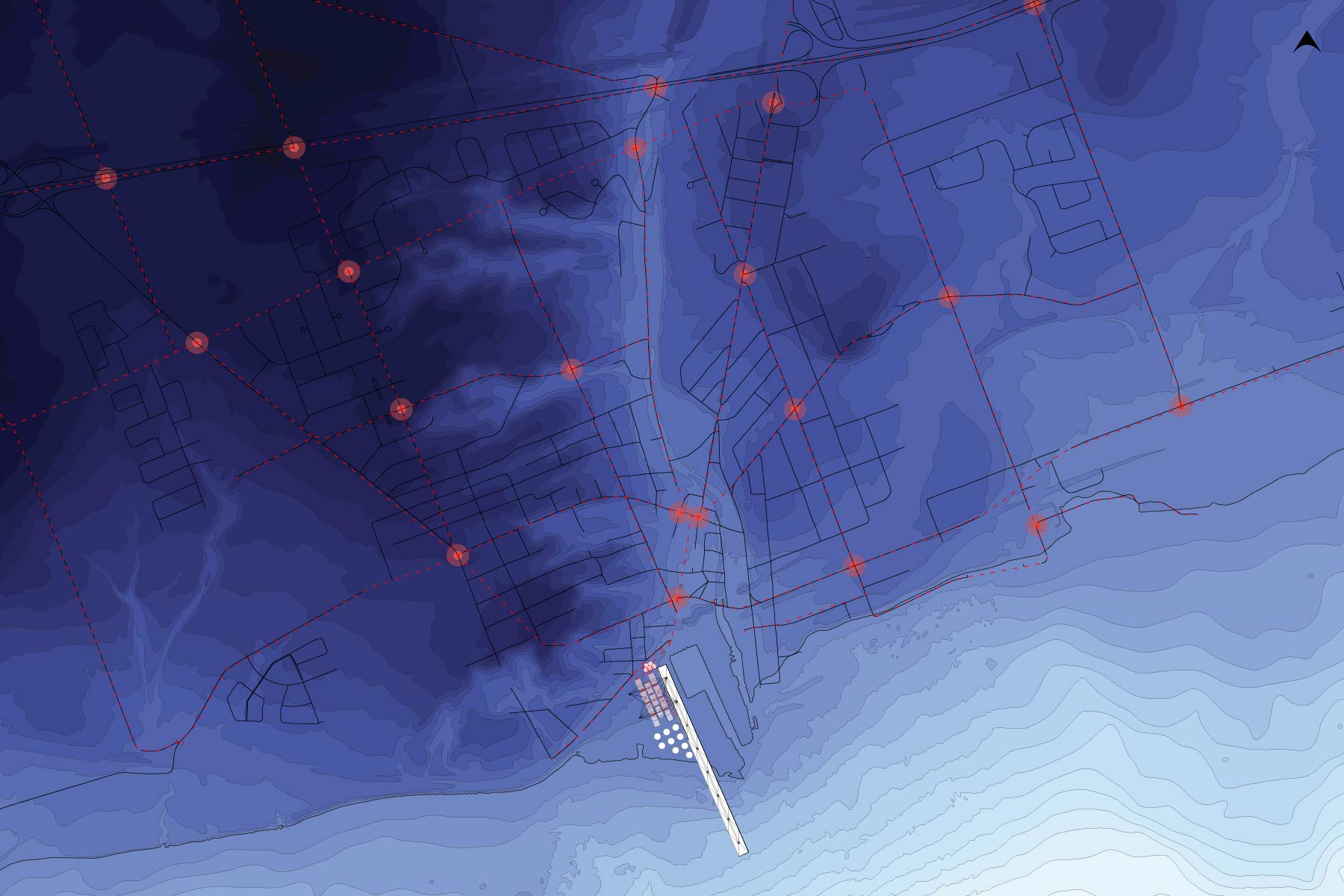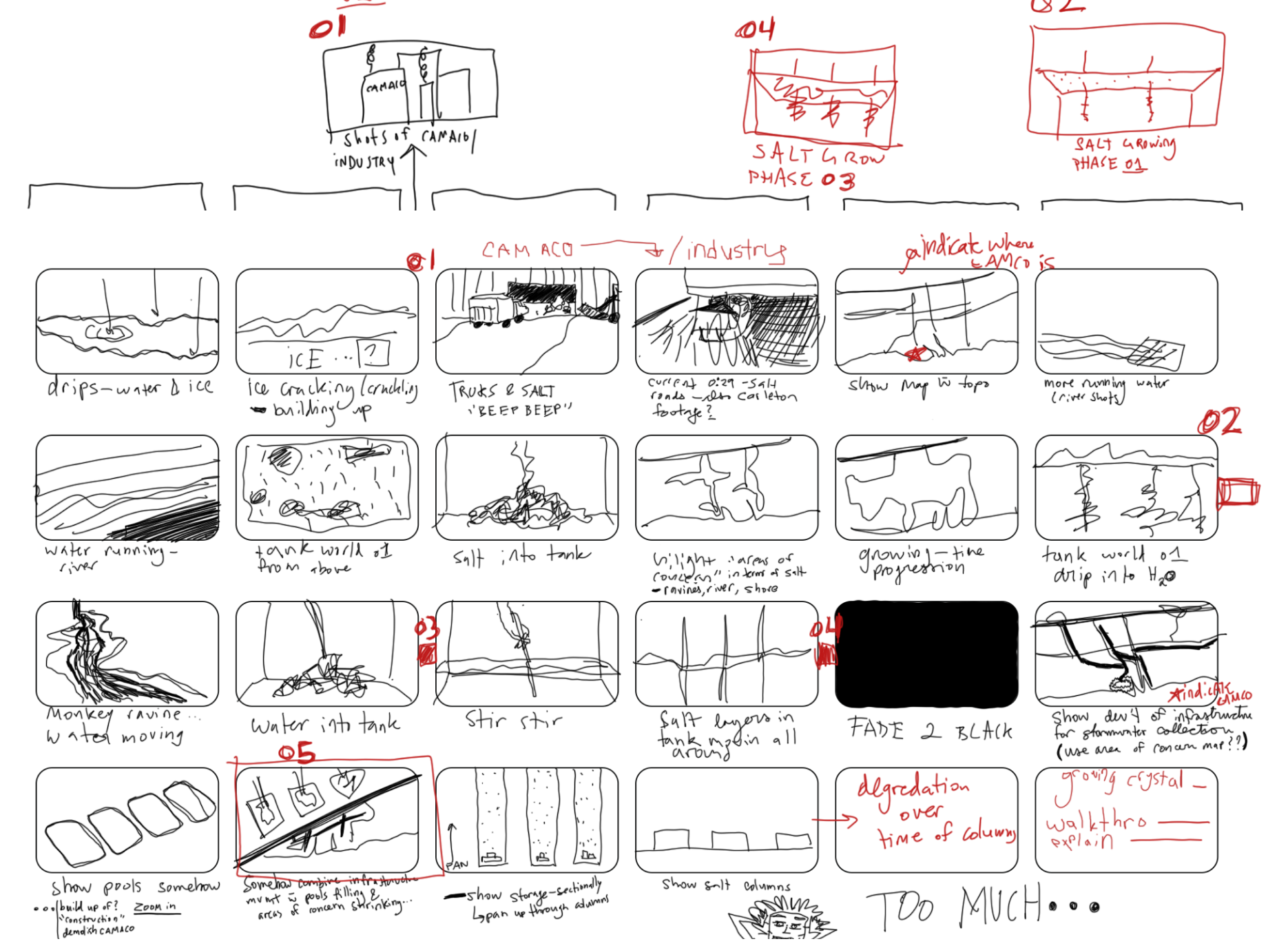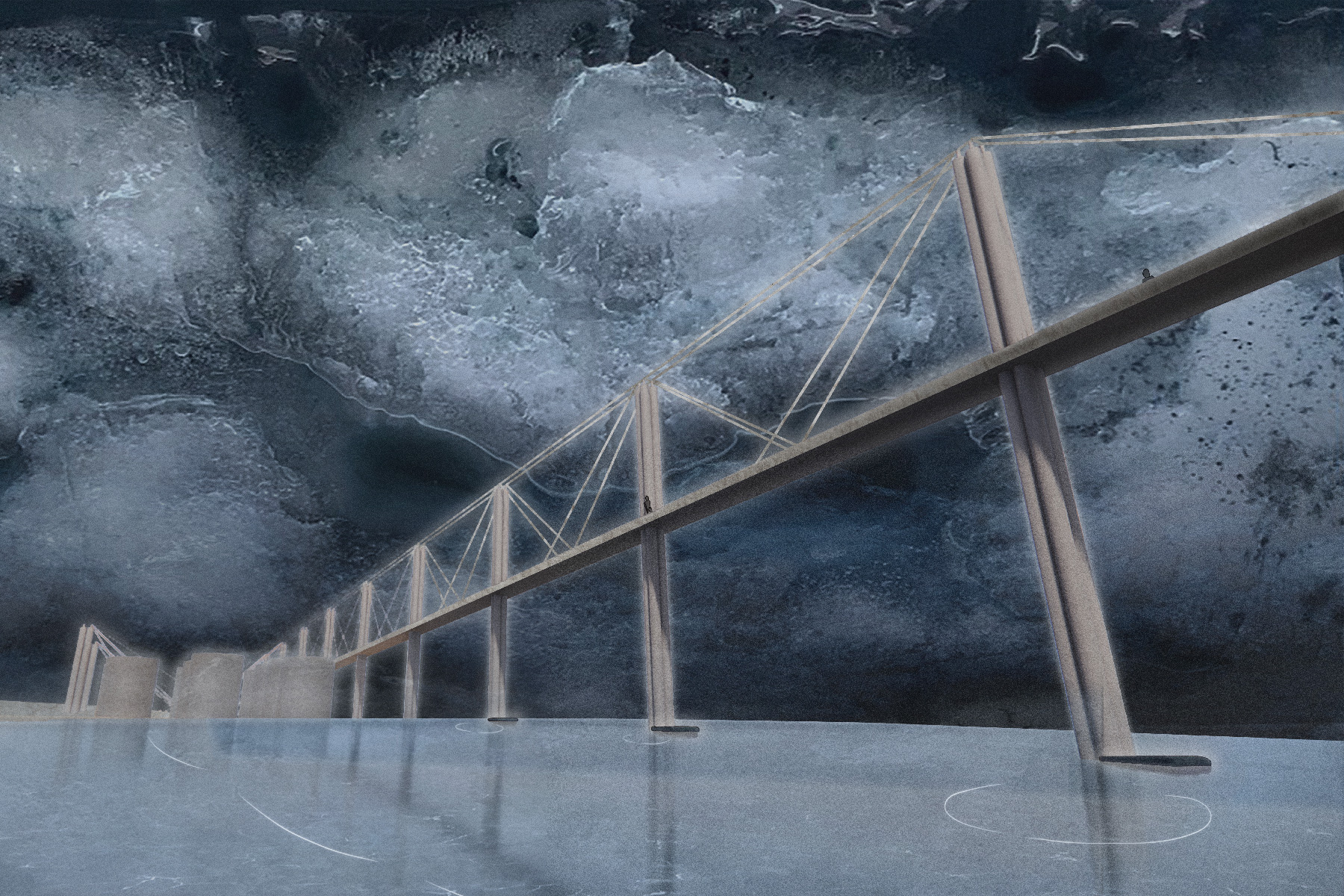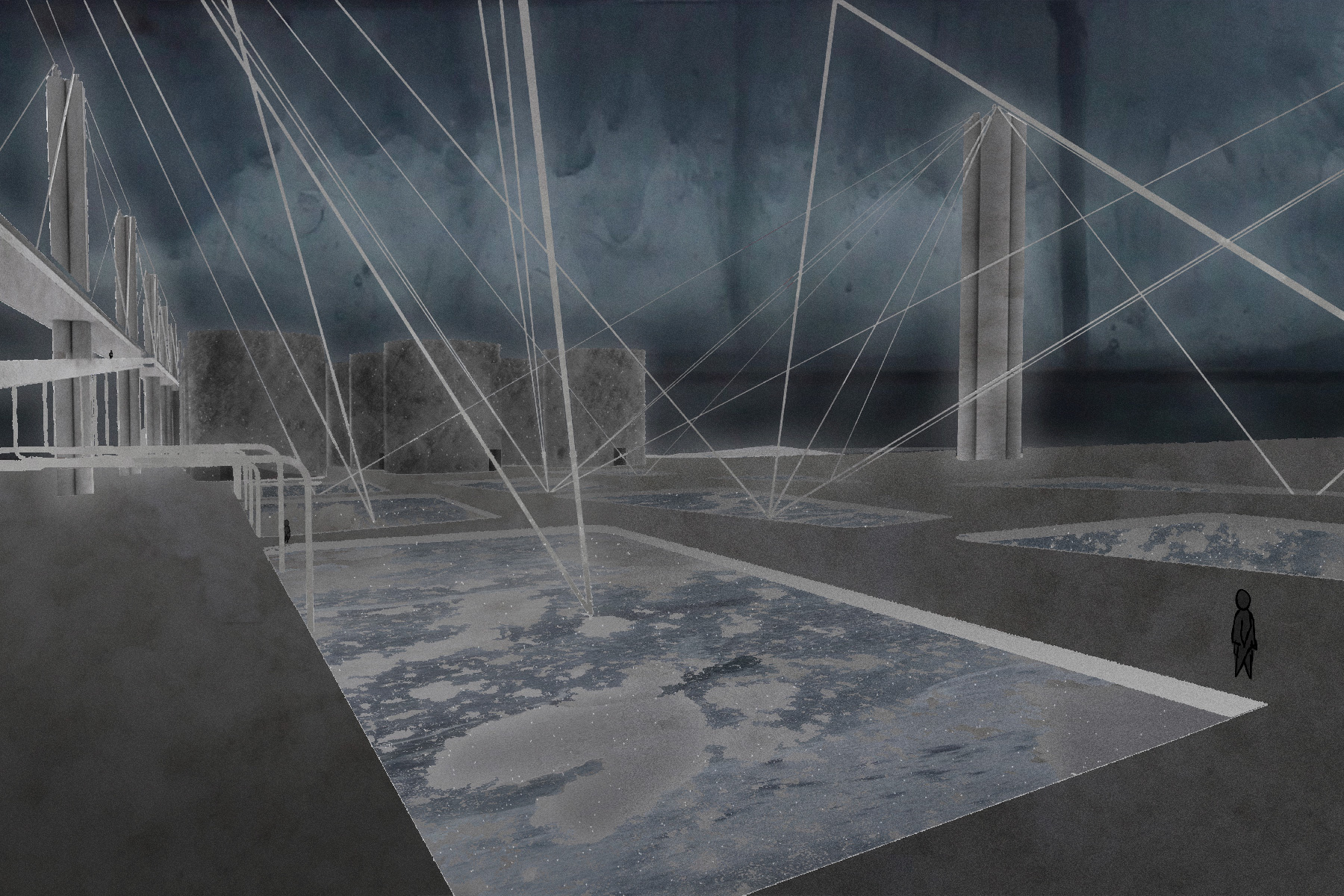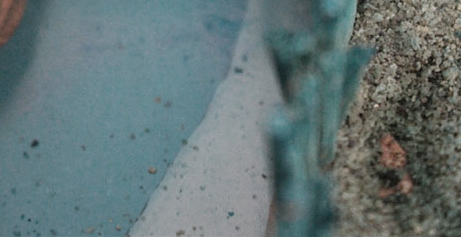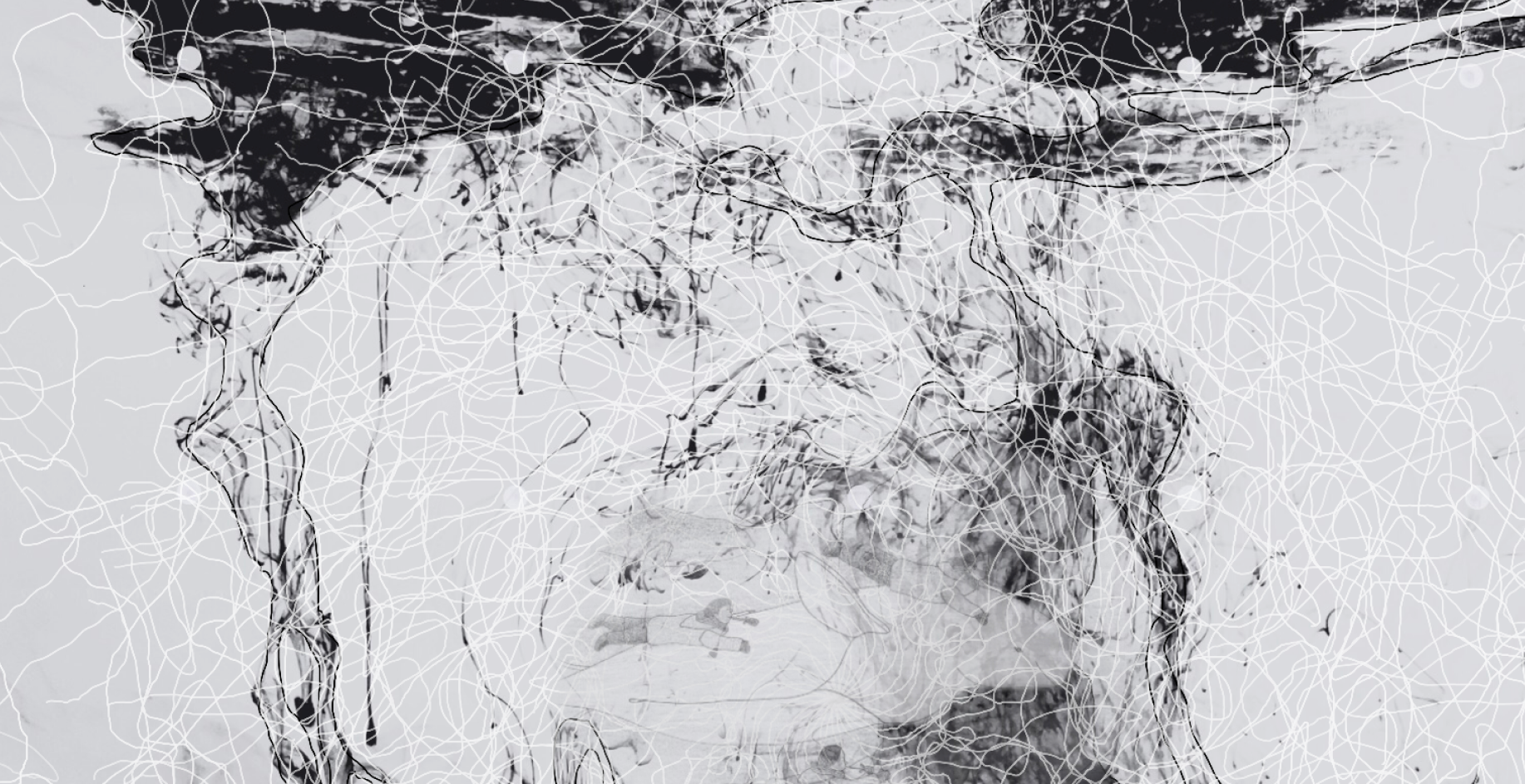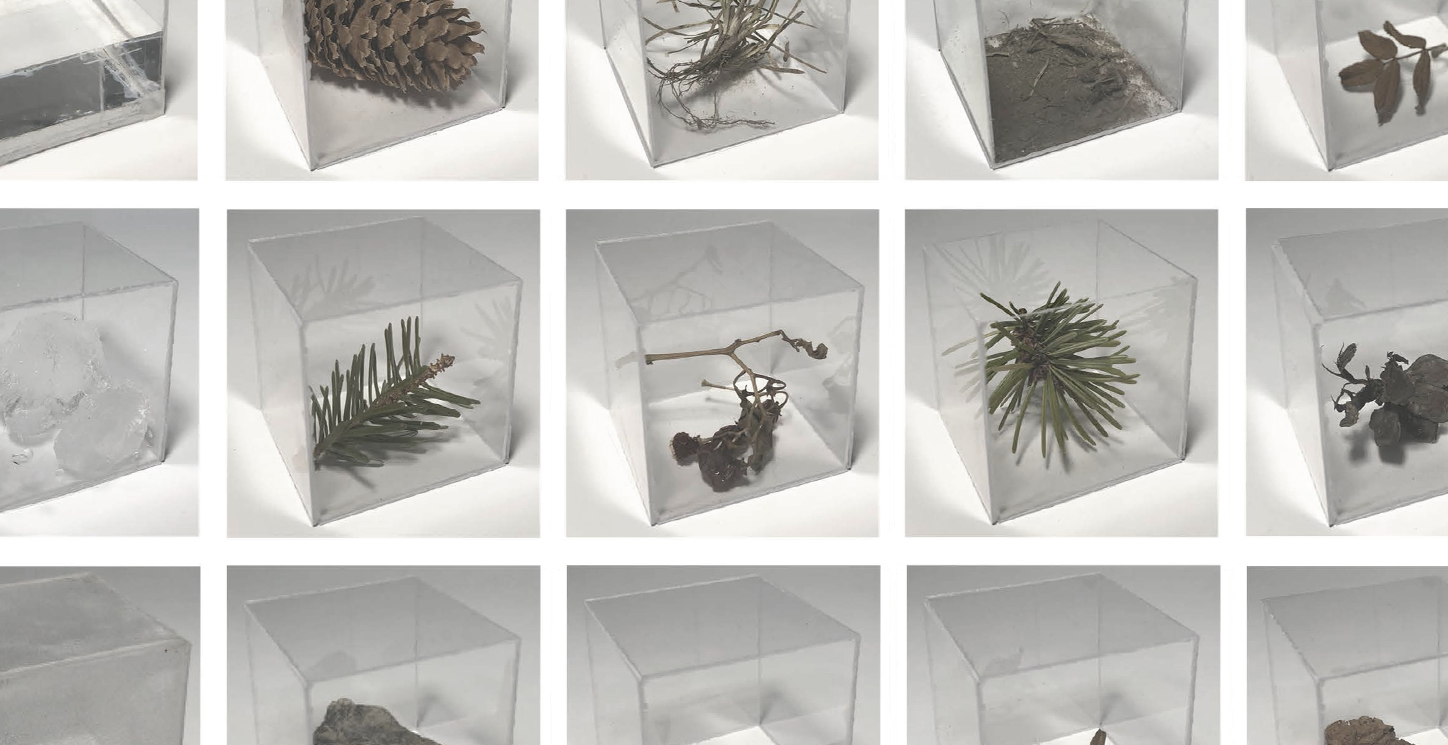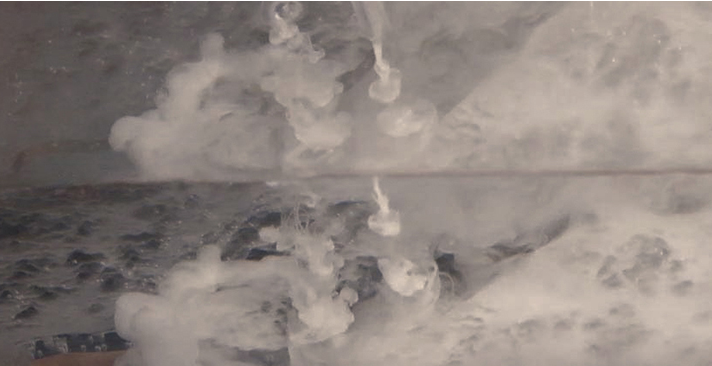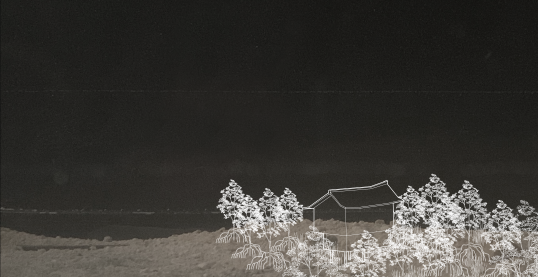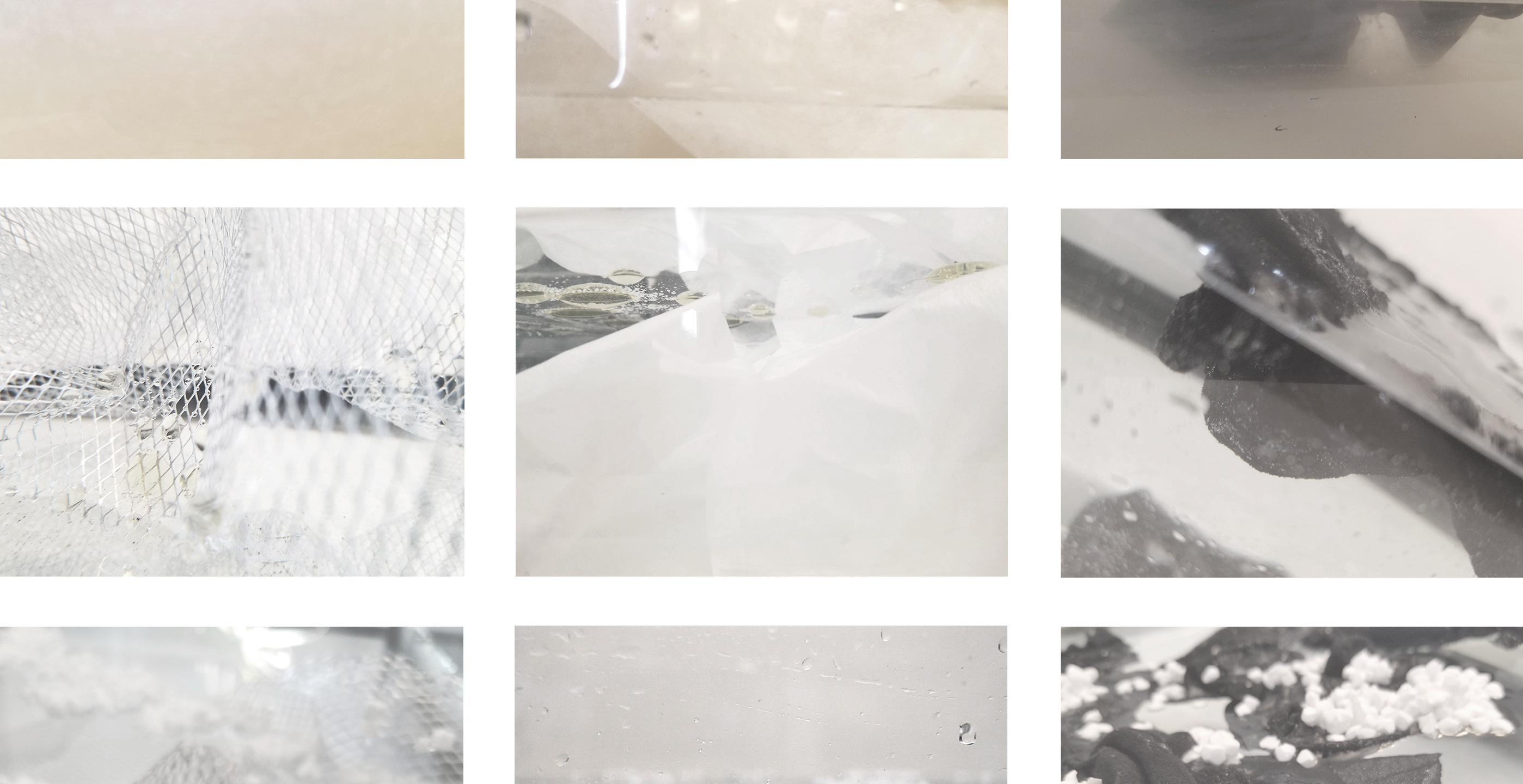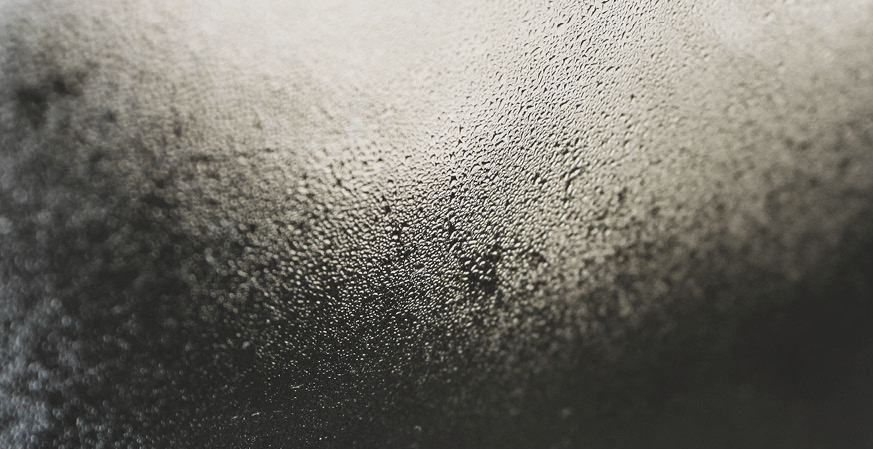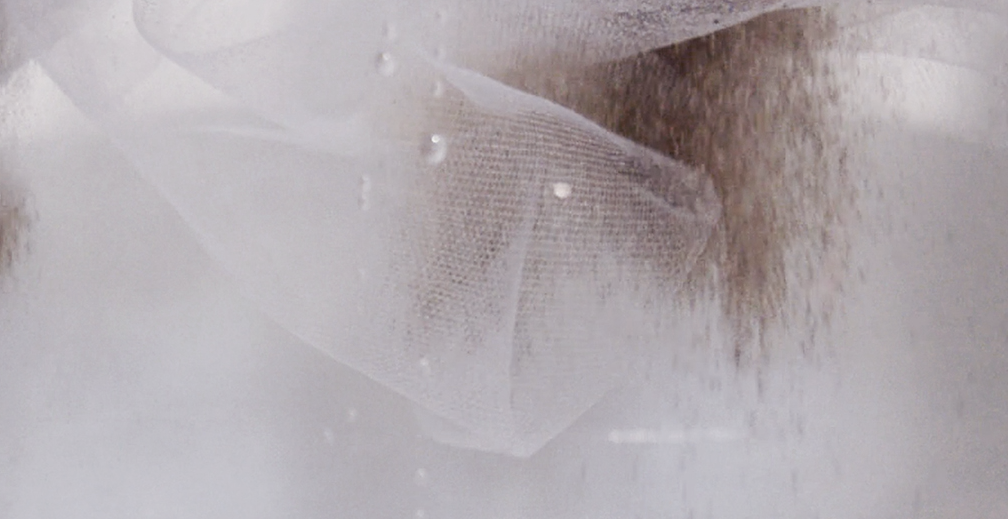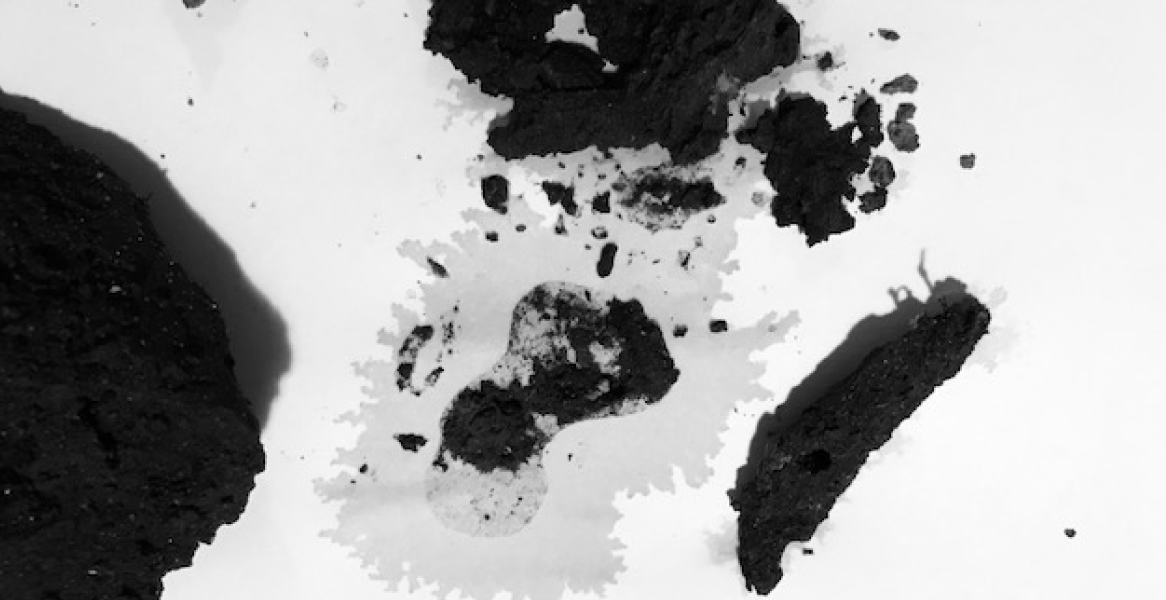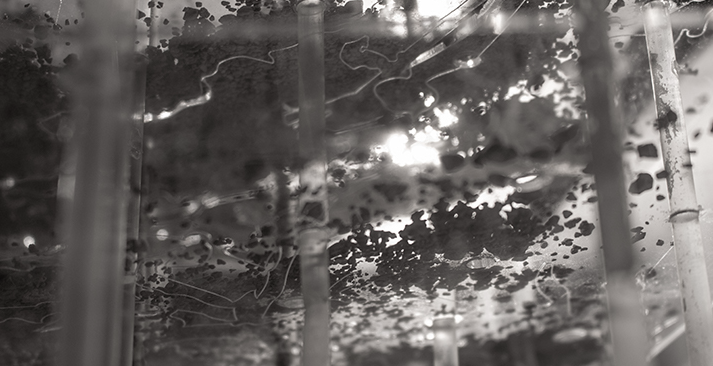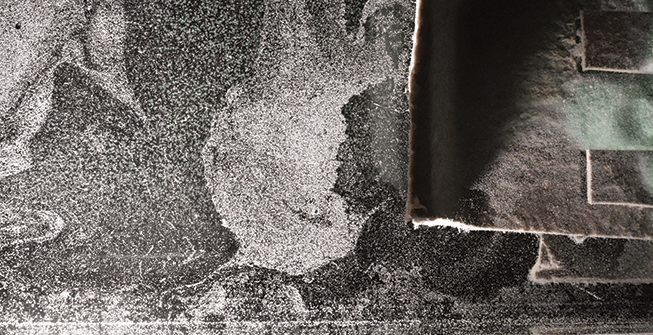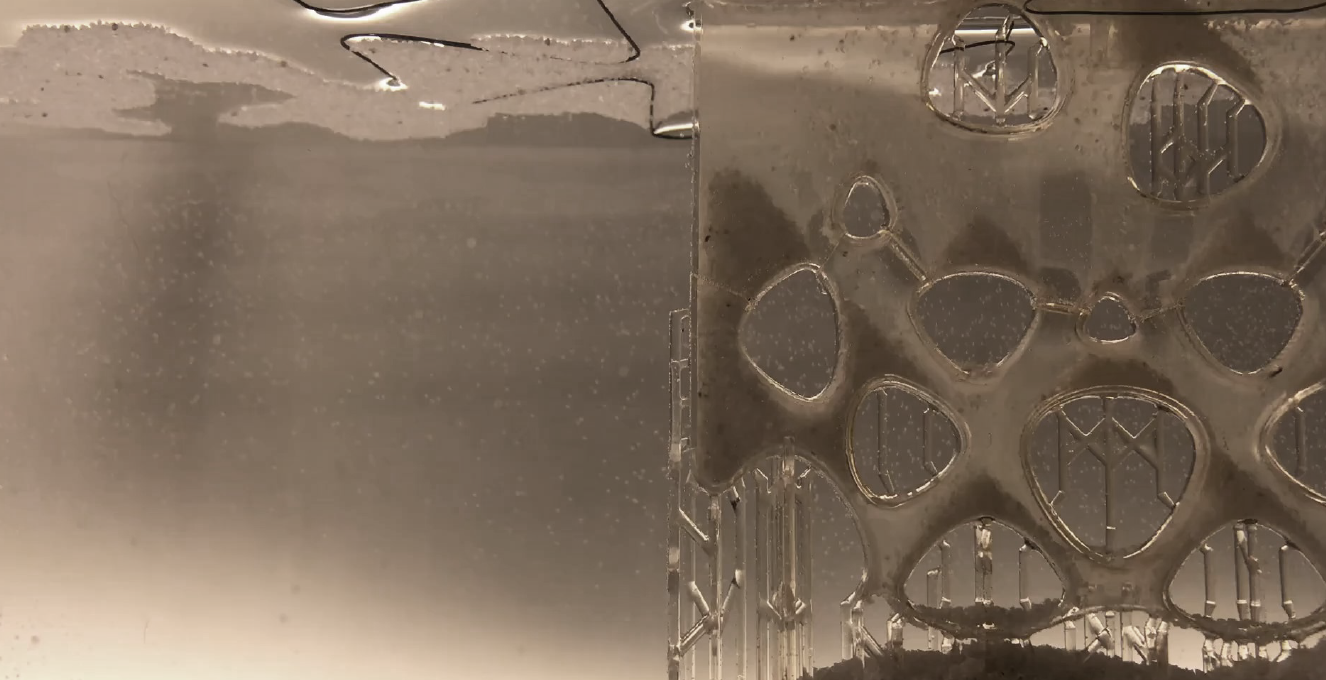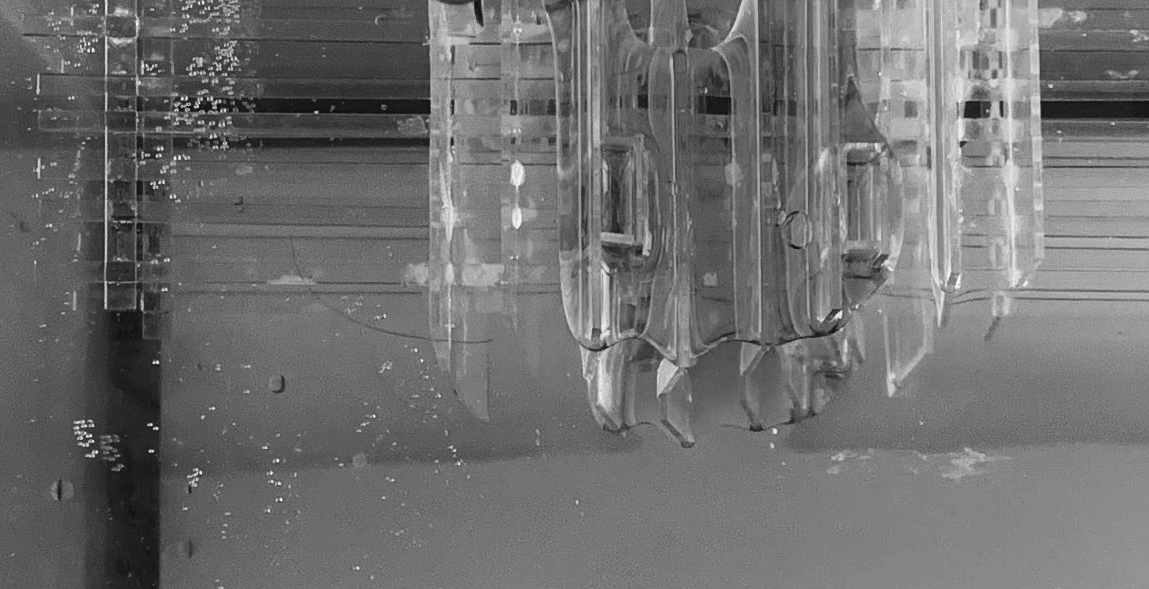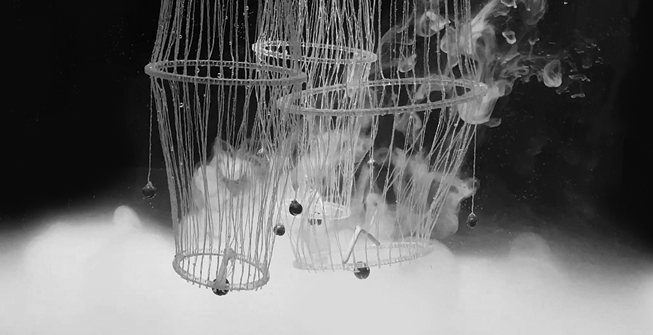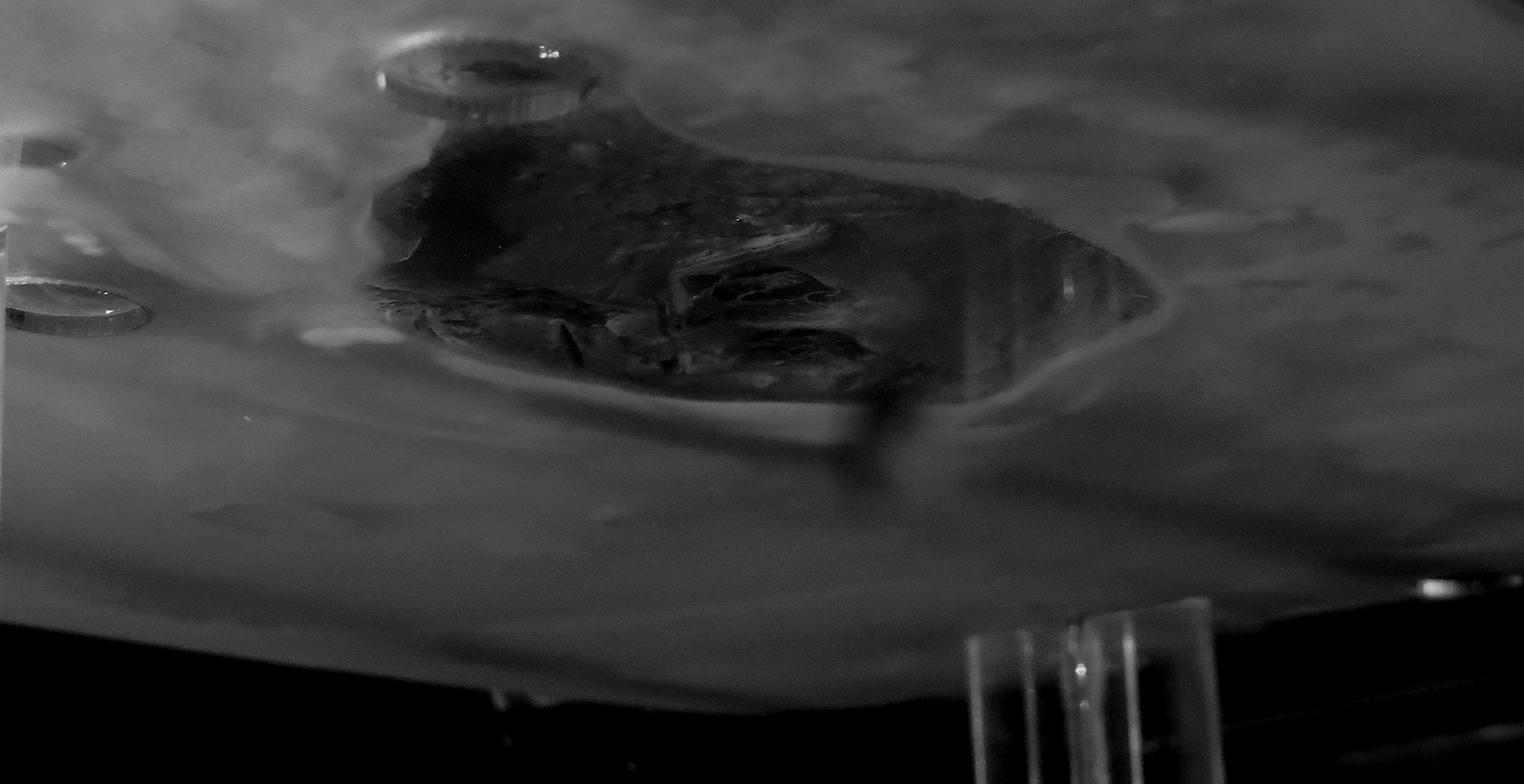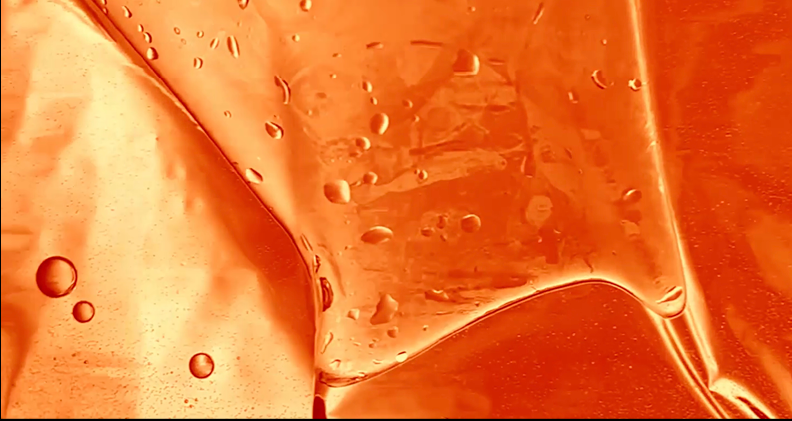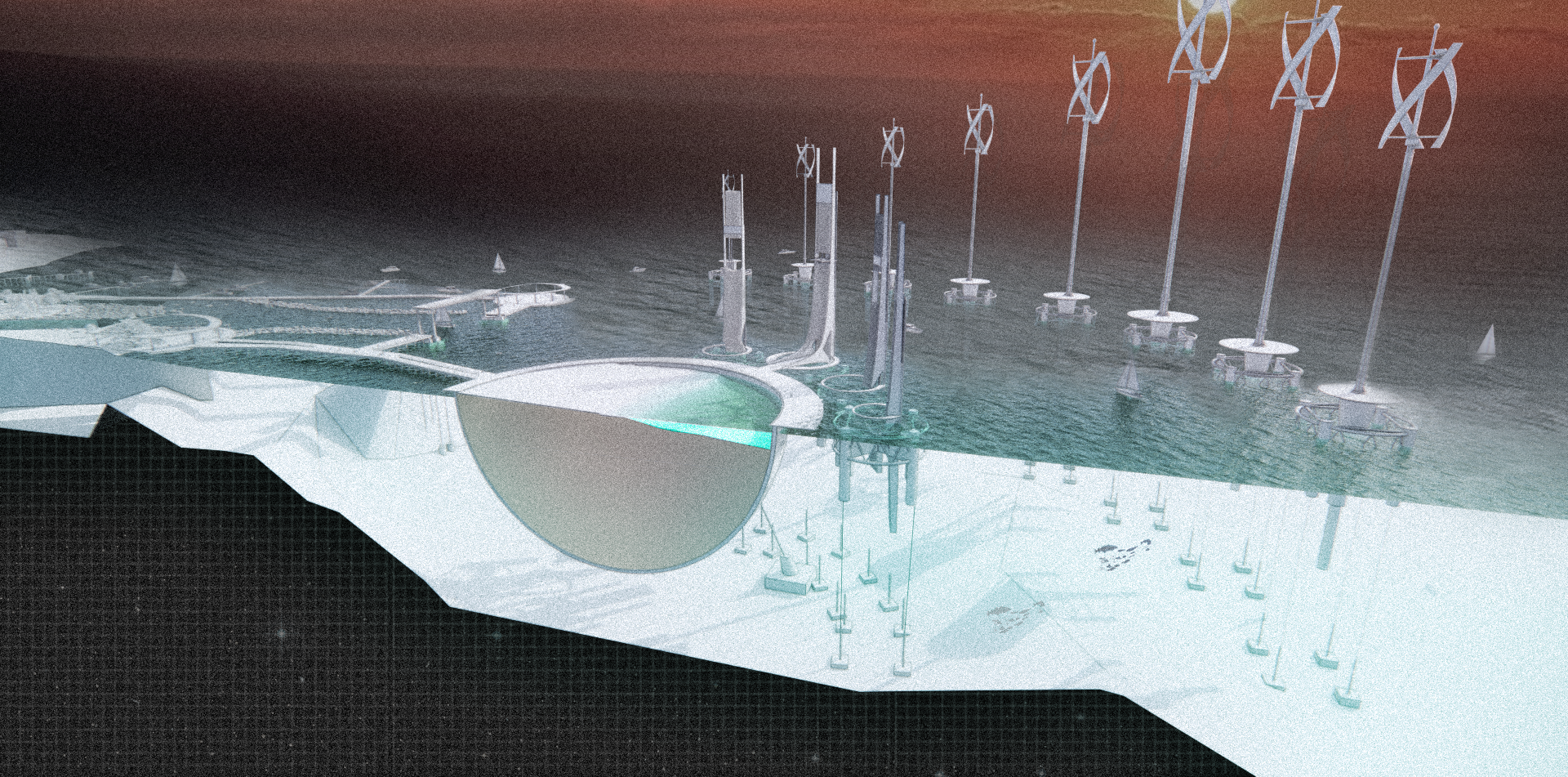Charlotte Egan, Damiano Perrella, Sarah Van Alstyne
Tank Worlds : Port Hope Harbour
Saltscape
Industrialization and modernization have led to an obsession with the motorized vehicle which, in turn, has proliferated the excessive use of road salt in cold climates. The liberal application of road salt on highways, roads, and sidewalks is a process that systematically yet imperceptibly contaminates the landscapes and waterways of Canada. The negative impacts of this loose-handed standard of infrastructure maintenance extend as far as the Great Lakes. After years of salt overuse, Lake Ontario has increased in salinity and has impeded the lake flipping effect which the aquasystem relies upon for oxygen and nutrients. Salt also has beneficial properties including its capacity to sequester industrial nuclear waste. In Port Hope, the home of the Cameco uranium refinery and the largest nuclear remediation project in Canada, salt can be used to highlight this radioactive contamination.
Our proposal, Saltscape, is designed as a salt cycle. Following the annual thaw that Canadian roads face every spring, thousands of tons of salt is washed directly into Port Hope’s ravines, down the Granaraska River, and into Lake Ontario. The proposal diverts this highly saline water from the ravines through a storm water management system, eventually outletting it into the harbour, where it is collected and dried in magnificent salt ponds, diverting it from Port Hope’s natural waterways. This salt is then collected and used to store uranium tailings and contaminated soil in monumental salt columns which safely contain the radiation and mark its dangers. A pier runs the length of the project, terminating in Lake Ontario. The pier incorporates a ‘lake flipping’ mechanism that visibly churns the water and regenerates its local nutrient content. The pier leads visitors and Port Hope residents into and through a concentrated world of crystalline salt, productively repurposing a liability into an asset.
